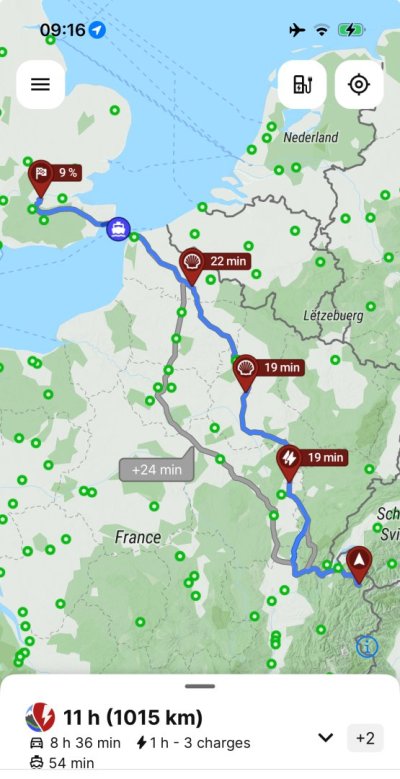MikeInWimbledon
Hardcore MB Enthusiast
- Joined
- Nov 8, 2014
- Messages
- 14,506
- Car
- SL350 (Ex S211 E500,W212 E500, C216, S212E500, W211E500 5.5, W221S500, S211 E500, SL500, S500, E55)
Looks good.
However... while 175kW charging speed for the single motor car and 200kW for the dual motor variant is not as abysmal as MB's 100kW, and certainly good enough for any pan-Continental journey, it is still disappointing that I'll need to settle for slower charging than what my 4 years old car can do now. You'd have thought that the tech would go forward, not backwards.
But what's the real world benefit?
Even "if" 200kW commercial chargers were commonly available.
And then, of course, there are all the other features / benefit / performance elements.
Charging speeds still exceed the speed you can drink coffee and pee.



